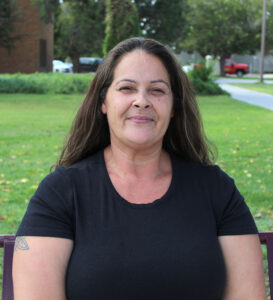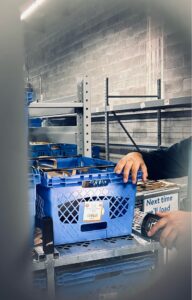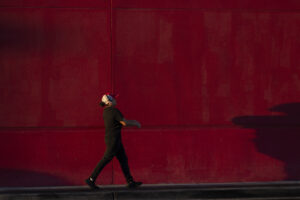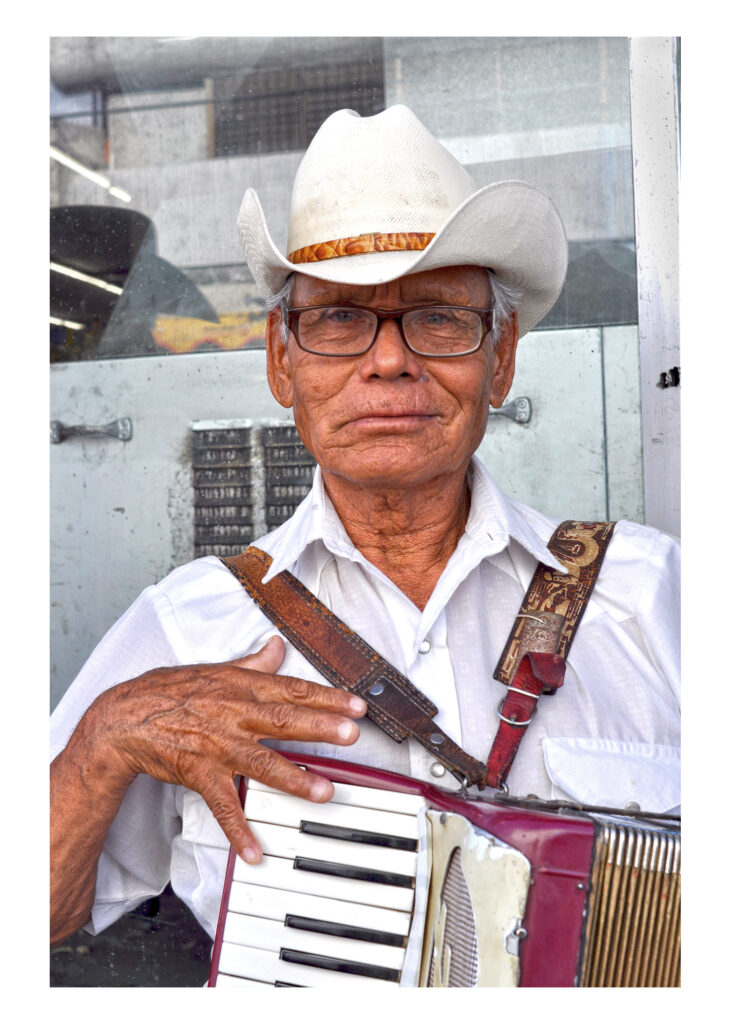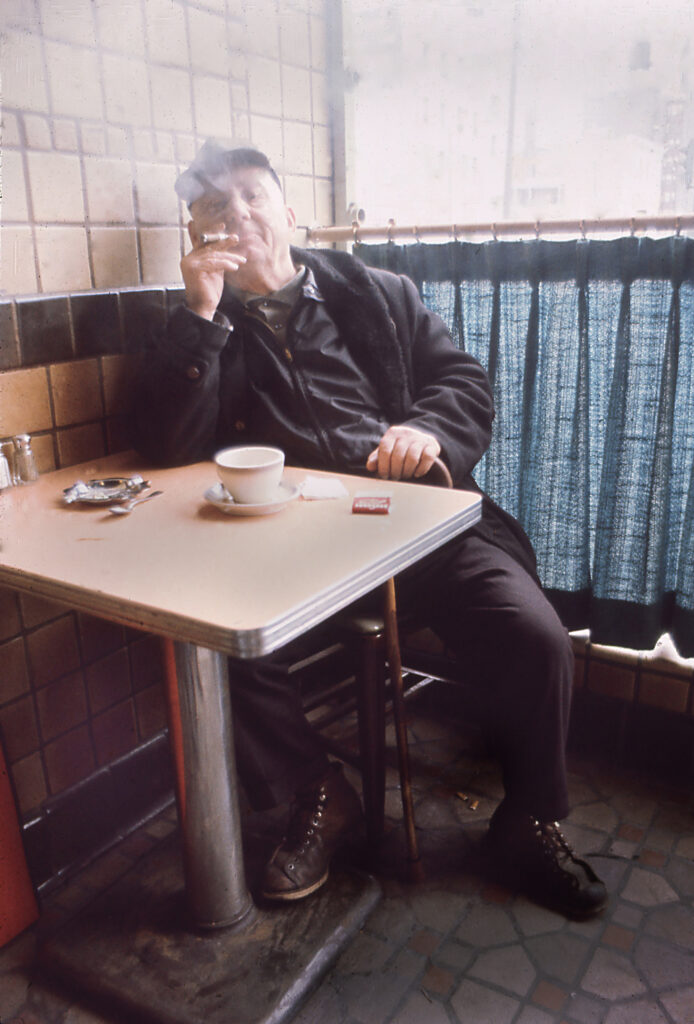WHAT IS DOCUMENTARY PHOTOGRAPHY?
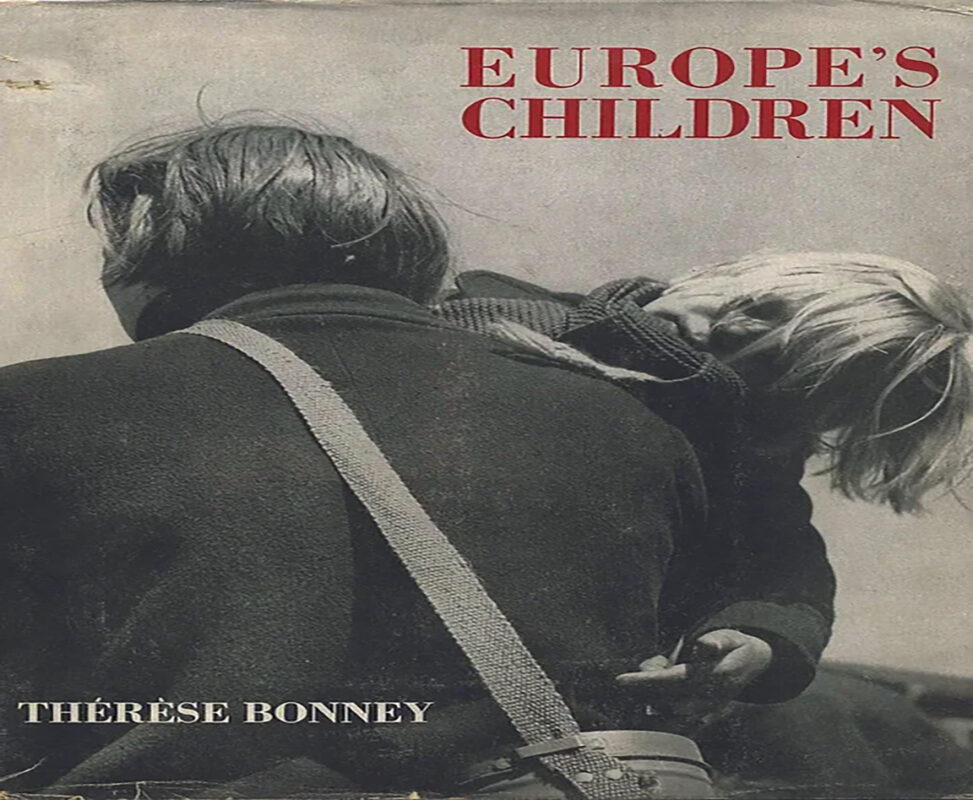
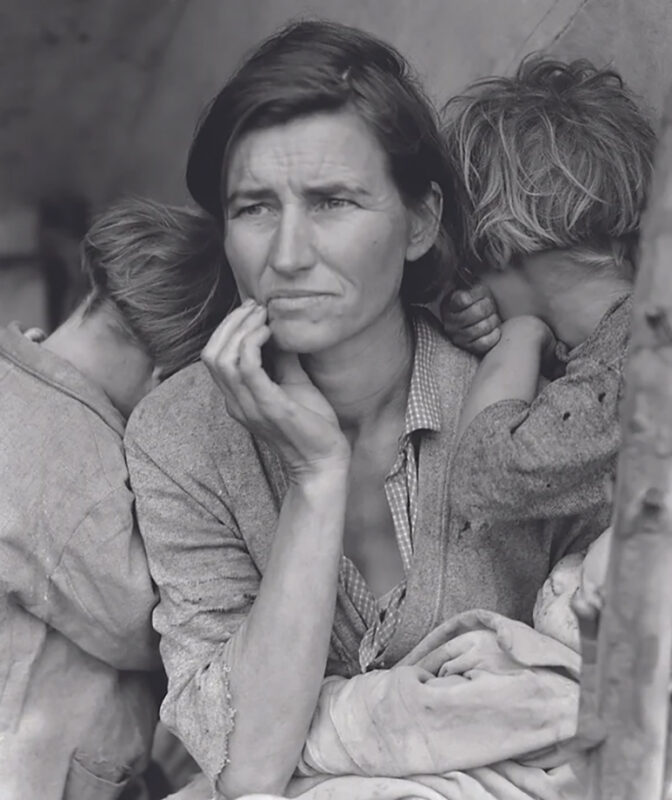
Starting with documentary photography being a broad term having a wide range of approaches but essentially is a real-life moment captured in a photo that has a deep message within. The views on defining documentary photographer can be subjective because not all photographers will be the same but also can be objective with what the photographer wants the people to see leading to the hidden social injustice. As the first photograph was in 1816 by Nicephore Niepce which led to the rise of interest in documenting life. With the origins started around the mid-1800s with one British documentary photographer Philip Delamotte who captured the disassembly of Crystal Palace in 1852 among with the American Civil War in 1861. Across the map in Scotland with David Octavius Hill and Robert Adamson who both involved in the aspects of Scottish society which included fisher-folk in Newhaven. The views on the intentions of capturing these moments are all over but the photographs serve the purpose of recording reality even if objective the intention is to bring light to hidden reality or injustice.
An important photography project in history was the creation of the Farm Security Administration also known as the FSA. FSA created in 1937 by President Franklin D. Roosevelt with the sole purpose to assist the poor farmers, sharecroppers, and migrant workers during the Great Depression. As this agency would improve living conditions in the area and provided relief loaned money to help farmers buy and improve their farms leading to many conservatives disapproving because the government was lending assistance. The Historic Unit was created with the purpose of defending and promoting the resettlement administration creating a publicity department to document rural poverty and government efforts to improve it. In November of 1971 a newly created Environmental Protection Agency stated a monumental photo-documentary project to record changes in the American environment. The project was called Documerica which resulted in a collection of over more than 20,000 thousand photographs by the end in 1978. Photographer Lewis Wickes Hine, who had studied sociology before moving to New York in 1901, working at the Ethical Culture School taking up photography to enhance his teaching ways. He had many documentary photos in his time from the arrival of immigrants at Ellis Island to grabbing the attention of the National Child Labor Committee with the images of the harsh labor conditions published in the Pittsburgh Survey. Lewis Hines was best known for the documentary portrayal of child labor practices he produced under the ages of the National Child Labor Committee from the year 1911 to 1916. This importance in history is not only credited for the passing of the child labor laws but the sympathetic portrayal of people in horrible working conditions.
A documentary photographer in the 1920s would be Lewis Hines who captured child labor in harsh environments which led to new laws impacting the world. A documentary photographer in the 1930s would be Dorothea Lange who specialized in documentary photography for print media. As I chose her due to the fact, she captured one of the greatest photos during the Great Depression. The photo has more depth than the normal eye captures at first and truly seals the emotions of the mother. A documentary photographer in the 1940s would be Therese Bonney an American born settling in Paris to promote a cultural exchange between France and United States which lead to other various projects. A documentary photographer in the 1950s would be Robert Frank, who published his famous works of the Americans in 1958. As his view was to reconstruct his own experience of America which centered on people of every social class and walk of life. A documentary photographer in the 1960s would be Diane Arbus with the images being recognizable due to their underlying paradox. Creating and forming an interest in society’s curiosity and famous works such as the identical twins. A documentary photographer in the 1970s would be Lee Friedlander with his works called self-portrait amongst other works of his. A documentary photographer in the 1980s would be Sherrie Levine first worked with collage, and some of these were included by curator-critic Douglas Crimp in the now-famous exhibition Pictures, held in 1977 at Artists Space in New York. A documentary photographer in the 21st century would be Sebastiao Salgado was known for creating lasting images of events like the Kuwait oil fires and the Rwandan genocide, as well as capturing the humanity of workers, migrants and Indigenous communities worldwide.

